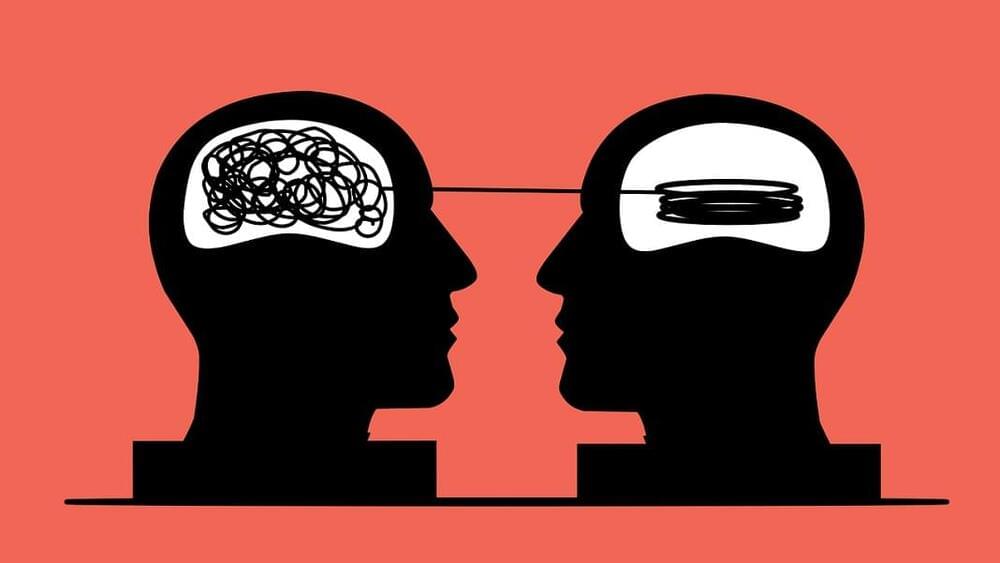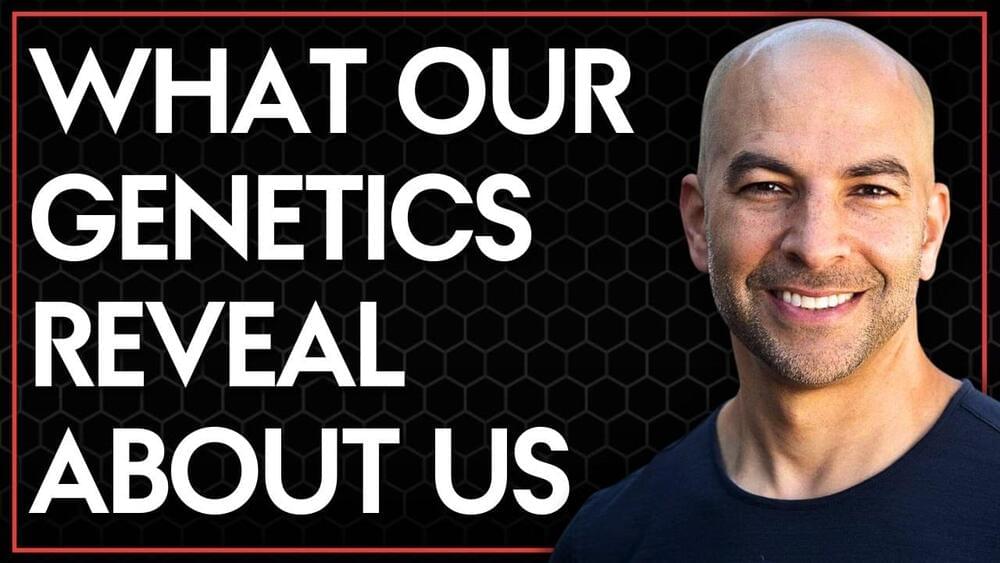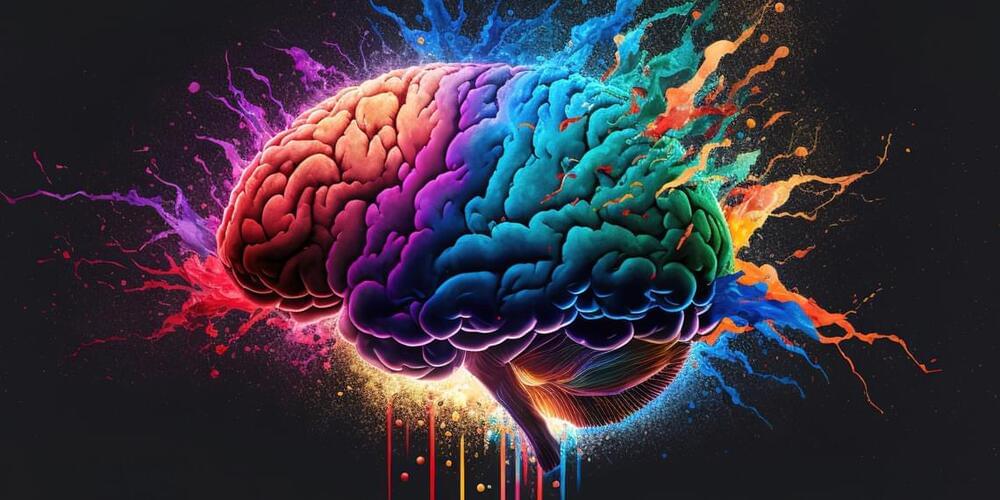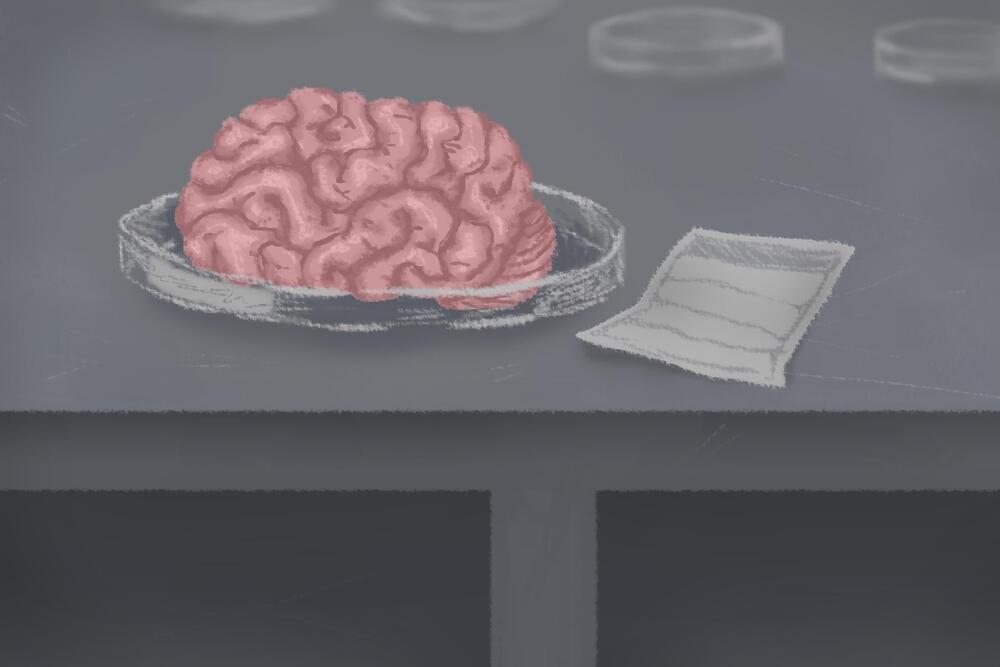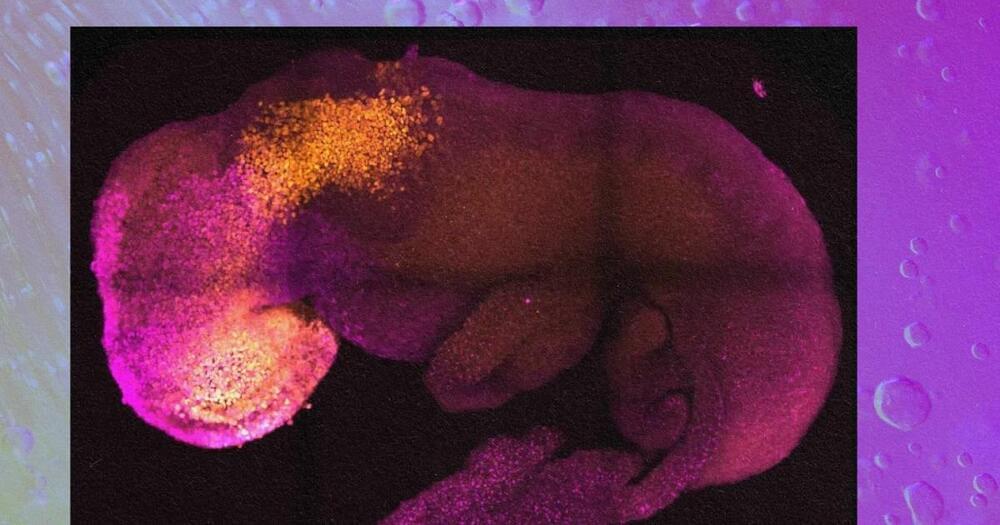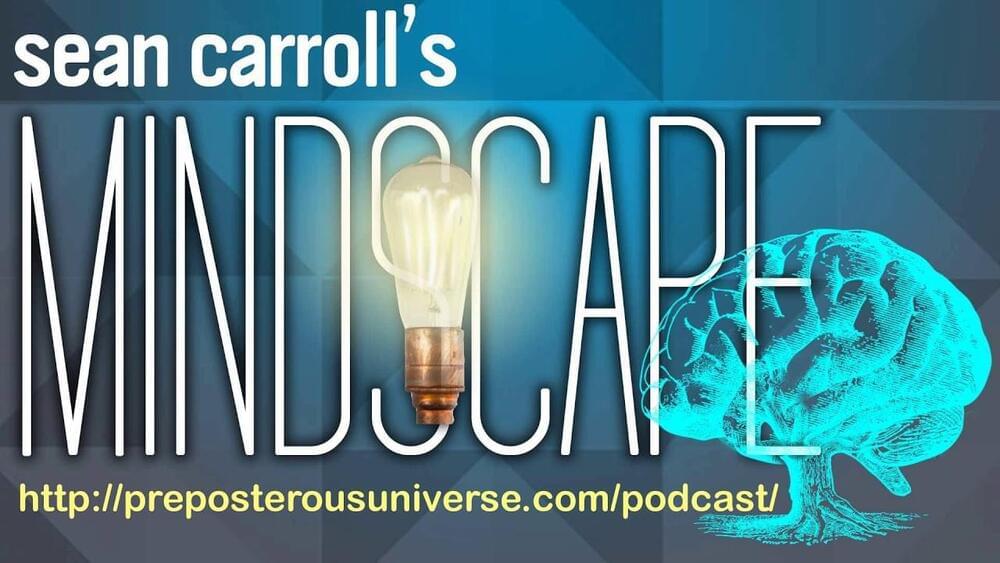Aug 15, 2023
Scientists Recreate Classic Pink Floyd Track From The Brains of Listeners
Posted by Kelvin Dafiaghor in category: neuroscience
We’re seeing major advancements in tech that can decode brain signals, interpreting neural activity to reveal what’s on someone’s mind, what they want to say, or – in the case of a new study – which song they’re listening to.
US researchers have been able to reconstruct a “recognizable version” of a Pink Floyd song based on the pulses of activity moving through a specific part of the brain’s temporal lobe in volunteers as they listened to the hit Another Brick in the Wall Part 1.
Continue reading “Scientists Recreate Classic Pink Floyd Track From The Brains of Listeners” »



